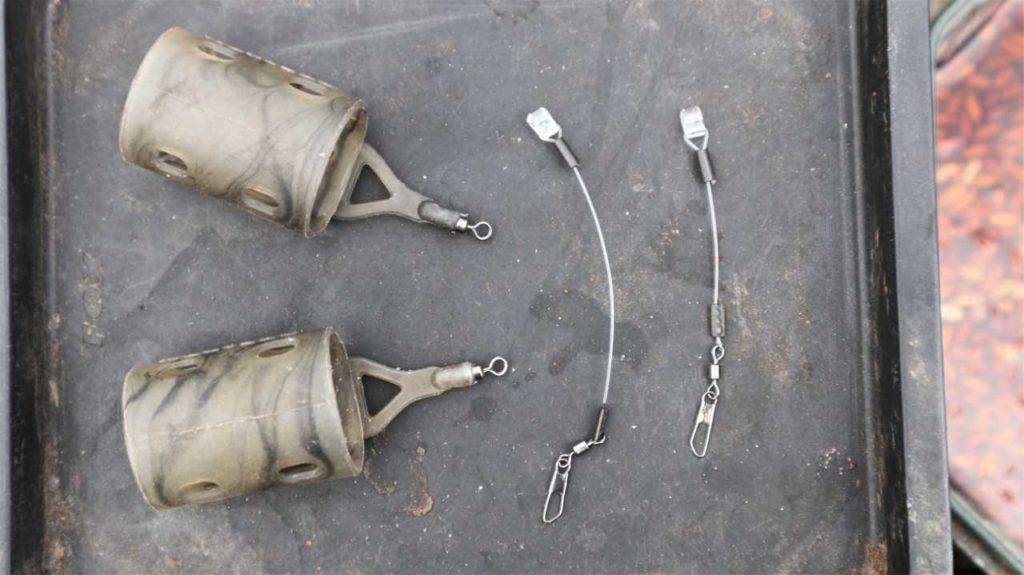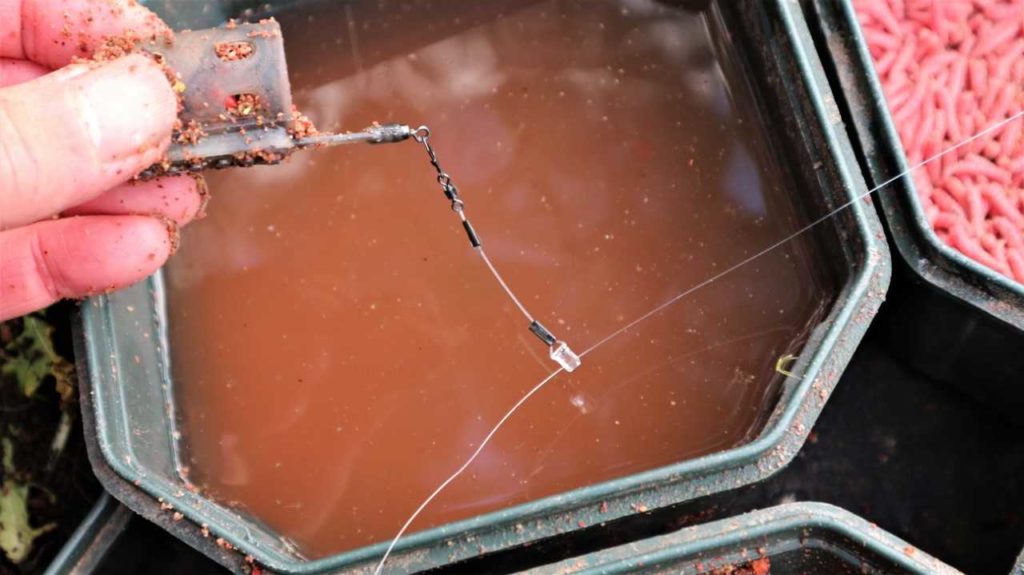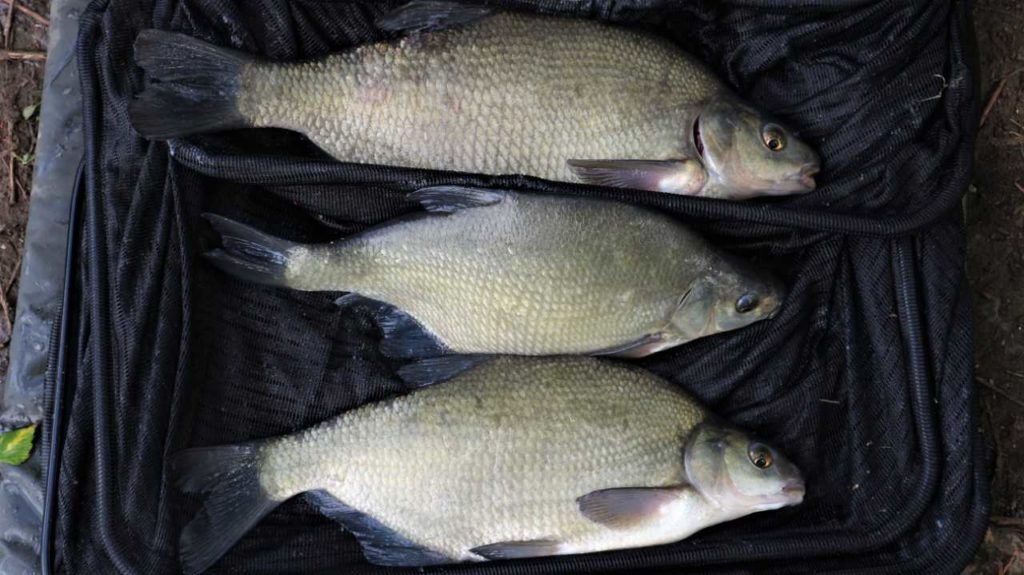Dave Coster's How To- Smart Feeder Links


The downside of tying feeders direct to main line or a shock leader, is if you accidentally lose the feeder, your hook length will be lost with it too. The rig then becomes a danger to wildlife. But by using a Matrix Feeder Link, if you do get snagged up or break off on the cast, the feeder will automatically come adrift from the rest of the rig.
Where paternoster rigs score best in my experience is when fishing with open-end feeders for bream. Having an extra long link to the feeder creates less resistance when bream initially pick up your hook bait.

Another thing I’ve noticed with having free running groundbait feeders, is bites, particularly when fishing at long range, are a lot more positive. If finicky feeders like bream are mouthing your hook bait, they can’t feel any tell-tale resistance like they can with fixed feeders. If you use a longish hook length as well, any small movements are normally followed up by a proper pull round and the fish is on. Yet another positive with Matrix Feeder Links is they have American style swivel links attached, so you can quickly switch feeder sizes or clip on a leger weight, without having to break your end tackle down.

Since switching to the new feeder link system, I’ve caught lots of bream and skimmers, mainly using plastic open-end feeders in deeper water. They also work well with cage feeders in shallower swims. In both cases I find it’s best to have the links free running behind a stiff boom, created by twizzling up 4 to 5 inches of the reel line or shock leader, finished with an overhand loop. Your hook length is then attached to the leading end of the twisted line boom. As long as the boom ends up hanging just past the base of your feeder when in casting position, you shouldn’t experience any tangles.